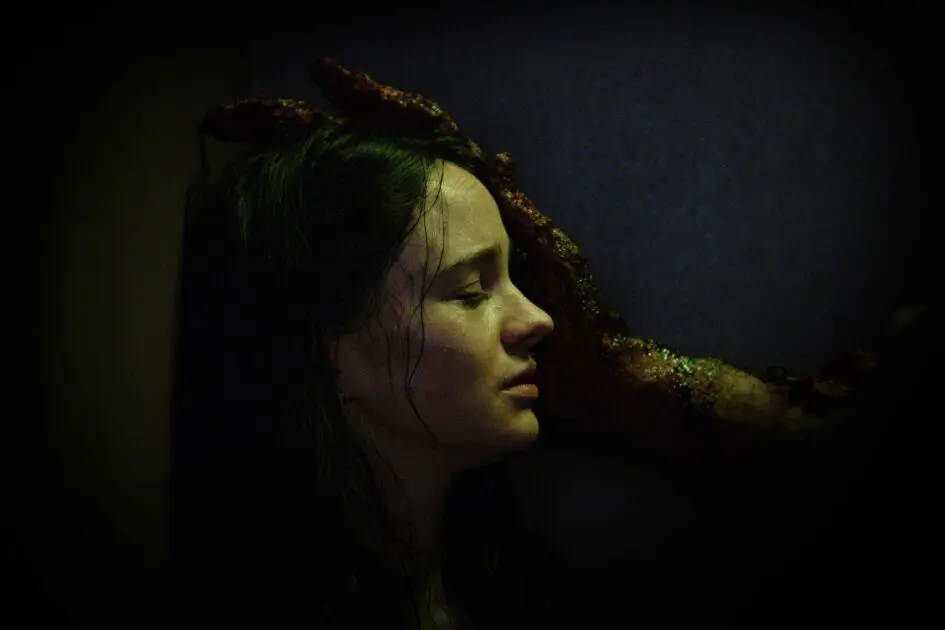The Nightmare Before Christmas, Coraline and Frankenweenie share more than just Tim Burton’s directorial touch. These films are united by their use of stop-motion animation, a meticulous and time-consuming process. Despite the challenges, these movies, alongside many others, have earned their place as beloved classics in cinema history. Stop-motion photography demands precision, with every movement meticulously planned to maintain the illusion of fluid motion. Even the slightest deviation can disrupt the magic, requiring painstaking reiteration from the beginning.
Making a movie and delving into stop-motion photography exhibit many parallels,yet stop-motion presents distinct hurdles in contrast to conventional filmmaking. In the realm of stop-motion photography, every frame is meticulously crafted and captured, often necessitating extensive labor for mere seconds of footage. This requires an unparalleled degree of patience and meticulousness to ensure coherence in the final rendition.
Proficiency in handling the animator’s tools, be it articulated puppets, clay models or static objects manipulated frame by frame, is indispensable for effective execution. Furthermore, meticulous storyboarding precedes the filming process, providing a blueprint for each shot’s intricacies, encompassing the sequence of events, camera perspectives and character dynamics. Despite a shared narrative and compositional elements, the distinctive demands of stop-motion, including patience, technical adeptness and meticulous planning, establish it as a unique discipline within the realm of filmmaking.
This week, I had the opportunity to watch Stopmotion, a chilling 2023 psychological body horror film by debut director Robert Morgan. Aisling Franciosi takes the lead as Ella Blake, a young woman teetering on the edge of a mental breakdown. Ella, an adept stop-motion animator, finds herself reluctantly drawn into her mother Suzanne’s (Stella Gonet) own stop-motion project, amidst Suzanne’s relentless manipulation. However, when Suzanne suddenly falls ill, Ella grapples with writer’s block, unable to conjure a story. It’s then that she encounters a mysterious young girl (Caoilinn Springall), who gifts her a tale about a sinister entity known as the Ash Man.
As the boundaries between reality blur, Ella’s grip on sanity begins to slip further and further away.
Director Morgan is known to have adept skills as a stop-motion animator, with his previous works having garnered attention from horror enthusiasts for their visually striking, yet unsettling moments. This legacy is continued in Stopmotion, where we witness Ella’s descent into psychosis. Throughout her mental unraveling, the audience is confronted with scenes of Ella using unconventional materials such as raw meat and deceased animals to craft the characters dictated by the little girl.
As the narrative progresses, Ella’s depravity escalates to the point where only human body parts suffice. In a chilling parallel, Ella, herself, becomes akin to a puppet, mirroring the fate of her creations. Despite Ella’s initial state of emotional turmoil, Robert skillfully and patiently guides the film toward its climactic peak, mirroring the meticulous craftsmanship evident in his stop-motion masterpieces. As an audience member, we know that Ella is on a path she won’t be able to escape, but the slow burn leaves us with a nauseous feeling, knowing we are just along for the ride.
Aisling Franciosi’s contribution to the success of Stopmotion cannot be overstated. Just as a skilled stop-motion animator must demonstrate precision and proficiency with their tools, Aisling harnesses her acting prowess to immerse the audience into Ella’s tumultuous journey. Despite the discomfort it may evoke, Aisling’s portrayal ensures that we remain fully engaged. Her performance is riveting and captivating, reminiscent of her compelling portrayal in the 2018 film, The Nightingale. In that narrative, she portrayed a colonial woman subjected to the brutality of a malicious and ruthless man, enduring unspeakable atrocities. Much like in The Nightingale, Franciosi adeptly utilizes her talents to vividly convey each harrowing moment, drawing viewers into the depths of horror through her nuanced body language and impactful delivery.
The storytelling prowess on display sets a remarkable standard within the realm of contemporary horror cinema. Its narrative is both distinctive and meticulously crafted, showcasing exceptional direction and execution. As the story unfolds, it progressively intensifies in its unsettling nature, while the cinematography constructs a stifling atmosphere. Through carefully orchestrated camera shots, the audience is drawn uncomfortably close to Ella’s miniature world, focusing on the unsettling visages of her grotesque puppets and other body horrors.
The musical score and sound effects further amplify this disquieting ambiance. Frequently, the audio is deliberately muffled, simulating the auditory experience from Ella’s perspective. Her frequent lapses into a disconnected state are accentuated by the obscured dialogue of those around her, intensifying the viewer’s discomfort. The combination of nauseating camera angles and distorted voices contributes to several profoundly disturbing moments throughout Stopmotion.
Stopmotion garners a flawless five-star rating, a rarity within the horror genre. It injects a breath of fresh air into a landscape often devoid of originality. As Robert Morgan’s directorial debut, it heralds a promising future for the filmmaker. Prepare to question your own sanity as the film unfolds, with scenes that may leave you feeling queasy. Aisling Franciosi delivers yet another stellar performance, further solidifying her place amongst the future of acting’s elite.
Much like the meticulous craft of stop-motion animation, every aspect of the film is carefully considered, with each actor skillfully wielding their talents to construct a patiently unfolding, spine-chilling narrative. In essence, Stopmotion is the horror masterpiece fans have long awaited.

